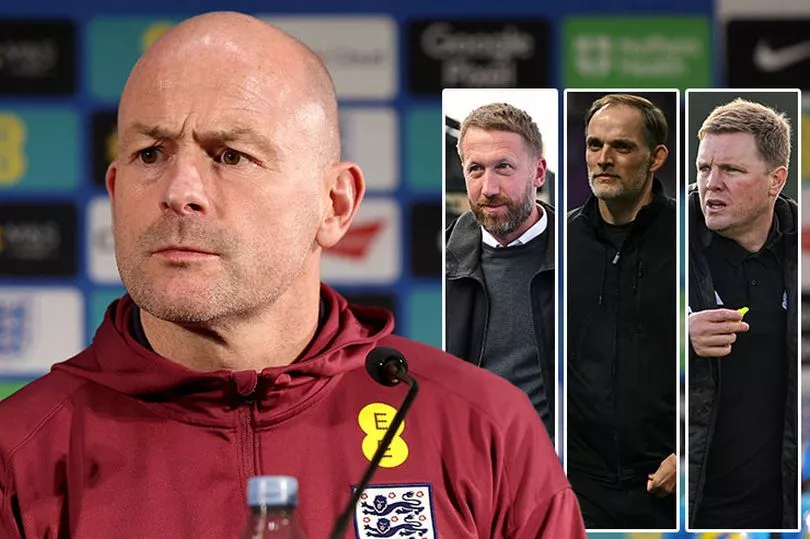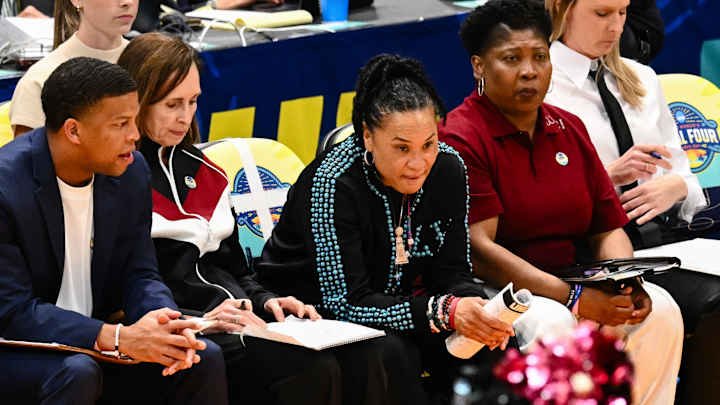Reporting Live: Dale Earnhardt Jr. Sounds Off on Next-Gen Cars—“Too Tough” and a Threat to NASCAR’s Legacy
For decades, NASCAR has been a breeding ground for groundbreaking innovations. From the introduction of disc brakes to shock absorption zones and ethanol blends, motorsports has consistently pushed the boundaries of engineering. However, the advent of Next-Gen cars has sparked a heated debate, with none other than Dale Earnhardt Jr., one of NASCAR’s most iconic figures, leading the charge against its current design.
Earnhardt Jr., who once praised the car for its advancements, now sees it as a step backward in some areas, lamenting the loss of speed and engineering ingenuity in favor of cost-effectiveness and safety.
The Rise of the Next-Gen Car
The Next-Gen car was introduced as a revolutionary move to modernize NASCAR, with a focus on cost-efficiency and competitiveness. Initially, the concept was met with optimism. Even Dale Earnhardt Jr. acknowledged its potential after a test run, stating:
“The car does everything better.”
However, the 2022 season painted a different picture. Multiple driver injuries raised concerns about the car’s safety. Kurt Busch suffered a concussion at Pocono, ultimately retiring from full-time racing. Similarly, Alex Bowman sustained a concussion following an accident at Texas Motor Speedway. These incidents prompted an urgent meeting in October 2022 between drivers and NASCAR officials to address the car’s safety issues.
Chase Briscoe, then in his sophomore Cup season, captured the drivers’ collective frustration:
“The car needs to be as safe as it could possibly be. There’s no reason it shouldn’t be.” He added, “With the old car, you felt invincible… With this car, you haven’t had this same feeling.”
Safety vs. Performance: The Balancing Act
In response to mounting pressure, NASCAR implemented safety updates for the 2023 season. These included new rear clips and increased durability to better absorb impact. While these changes addressed some safety concerns, they came at the cost of speed and performance—qualities that have long defined NASCAR’s allure.
Dale Earnhardt Jr. became a vocal critic, expressing his dissatisfaction with the overemphasis on cost control and durability. Speaking candidly, he said:
“NASCAR wanted to make a car that could handle impacts and so forth. But these pieces would relatively survive so that the owners wouldn’t be afforded the cost of replacing all these pieces week after week… Maybe in that attempt, these pieces have been made too, too tough.”
For Earnhardt Jr., the problem lies in a trade-off: by prioritizing cost and durability, NASCAR has inadvertently sacrificed the innovation and speed that once defined the sport.
A Sport Built on Innovation
Historically, NASCAR has been a playground for engineering creativity. From pushing the limits of aerodynamics to experimenting with new engine designs, teams thrived on the freedom to innovate. Legends like Smokey Yunick, a two-time NASCAR Mechanic of the Year, exemplified this spirit, building cars that were as ingenious as they were fast.
However, the shift toward stricter regulations can be traced back to safety reforms introduced after Dale Earnhardt Sr.’s tragic death in 2001, which led to the Car of Tomorrow era. While these changes were necessary to enhance driver safety, they marked the beginning of an era where strict standardization overshadowed innovation. The Next-Gen car, in many ways, represents the culmination of this shift, leaving little room for the engineering creativity that once made NASCAR a spectacle.
What’s Next for the Next-Gen Car?
Despite his criticisms, Dale Earnhardt Jr. remains hopeful that NASCAR can strike a balance between safety, cost control, and performance. He believes that loosening some of the car’s weight and durability restrictions—while retaining safety features—could reignite the spirit of innovation and competition.
For Earnhardt Jr., the solution is clear:
“NASCAR’s future should be about more than just making cars tough enough to survive impacts—it should be about making cars that drivers can truly race, innovate with, and push to their limits.”
The challenge now lies with NASCAR’s leadership. Will they heed the call from fans and drivers to restore the sport’s legacy of speed and ingenuity? Or will the pursuit of cost-effectiveness continue to stifle its potential?
As the debate rages on, one thing is certain: Dale Earnhardt Jr.’s unwavering commitment to preserving NASCAR’s heritage ensures this conversation won’t be going away anytime soon.



